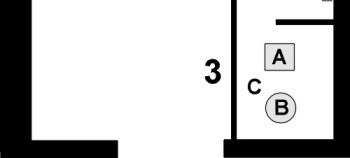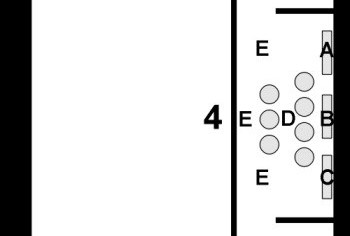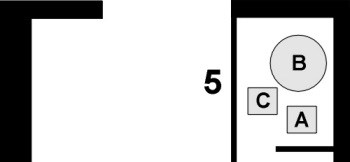| Erebuni Museum |
|
| ||



| Section
3
3A. Stone irrigation and water pipes. The stone pieces are from the Menuas and Shamiram (after Queen Semiramid) canals. The city and surrounding area was extensively irrigated. Notice the way the stones were carved with male and female joints. Central stone has an oblong opening for cleaning. Stones nearby are those used to clean pipes (even the ancients had plumbing problems) 3B. Large Stone Bowl made of volcanic rock used for filtering water. 3C. Grinding stone. Section 4 4A. Picture (left) of excavated Cattle shed. 4B. Picture (center) of Urartian Brewery 4C. Picture (on right) of Wooden plows used for farming. 4D. Excavated Seeds and Fruit. The kernels were uncovered from a layer of the city that had been destroyed by fire during the invasions of the area following the collapse of the empire. Kernels of wheat and burgher are included in the display, along with whole dried plums. 4E. Saddles and Farming Implements include 2 scythes, a spade and a horse brush. 4F. Milk Jugs are in the corners of the display case. Urartians had developed agriculture to a high art, and were able to store products such as milk in jars designed to maintain a cool temperature even in warm weather. Section 5 5A. Oblong Jars for brewing/storing beer are shaped in a way that they had to be stored on their sides, thereby keeping corks wet and tightly in place. 5B. Large Wine Vessel. Vessels such as this were used for storing wine, oil and wheat. Jars were kept partially buried in the ground to maintain a constant temperature. Notice the marks on the side of the vessel, three akarki. In Urartu, 1 akarki was equivalent to about 250 liters, 1 terusi to about 25 liters. So the three akarki marks on the jar told Urartians it could hold 750 liters of liquid. 5C. Sulfur Cleaning Vessel. The small strange shaped jar with triangular holes was filled with sulfur and placed inside large jars to clean them between use. | |